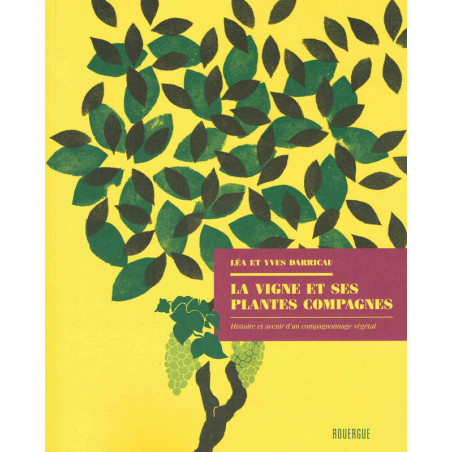




Visa, MasterCard, Amex, Paypal or 3 times, interest-free with Scalapay

0.01€ from 35€ of purchase in France and from 99€ throughout Europe

Delivery in France and around the world at home, at office or in a pickup point

The vine has not always been the impeccable monoculture that we know today, this plant led "by the stick", tied, pruned, stripped of its shoots, and defoliated. On the contrary, due to its very nature as a vine, from its birth it intertwined with trees to reach towards the light. The first cultivators, up until the mid-twentieth century, often led it in the company of other plants, fruit trees interplanted but also economically associated trees, those providing stakes, poles, ties, corks, presses, or barrels. These historical companions of the vine, abruptly driven from the horizon by modern practices, are now being reminded by climate change and the well-understood necessity of a viticulture rich in biodiversity. Others even - nitrogen fixers, beneficial insect reservoirs, aromatic contributors - are now being added to this agronomic palette. In a passionate plea for this plant companionship, Léa and Yves Darricau tell us the story of this quickly-married vine, as so beautifully expressed in Italian, and sketch what our viticultural practices of the future could be, environmentally intensive and finally economical in terms of chemical products. They will give rise to landscapes as highly cultivated as those, engraved in our minds, that the Romans knew how to invent, planting their fruit trees with the vine and adorning them with their Cypresses and Parasol Pines. Léa Darricau is an agronomist and a graduate in oenology. She currently works on environmental projects in viticulture. Yves Darricau, her father, is an agronomist, consultant, beekeeper, and tree planter. He published "Planting Trees for Bees" with the Éditions du Terran (2018).
Data sheet
